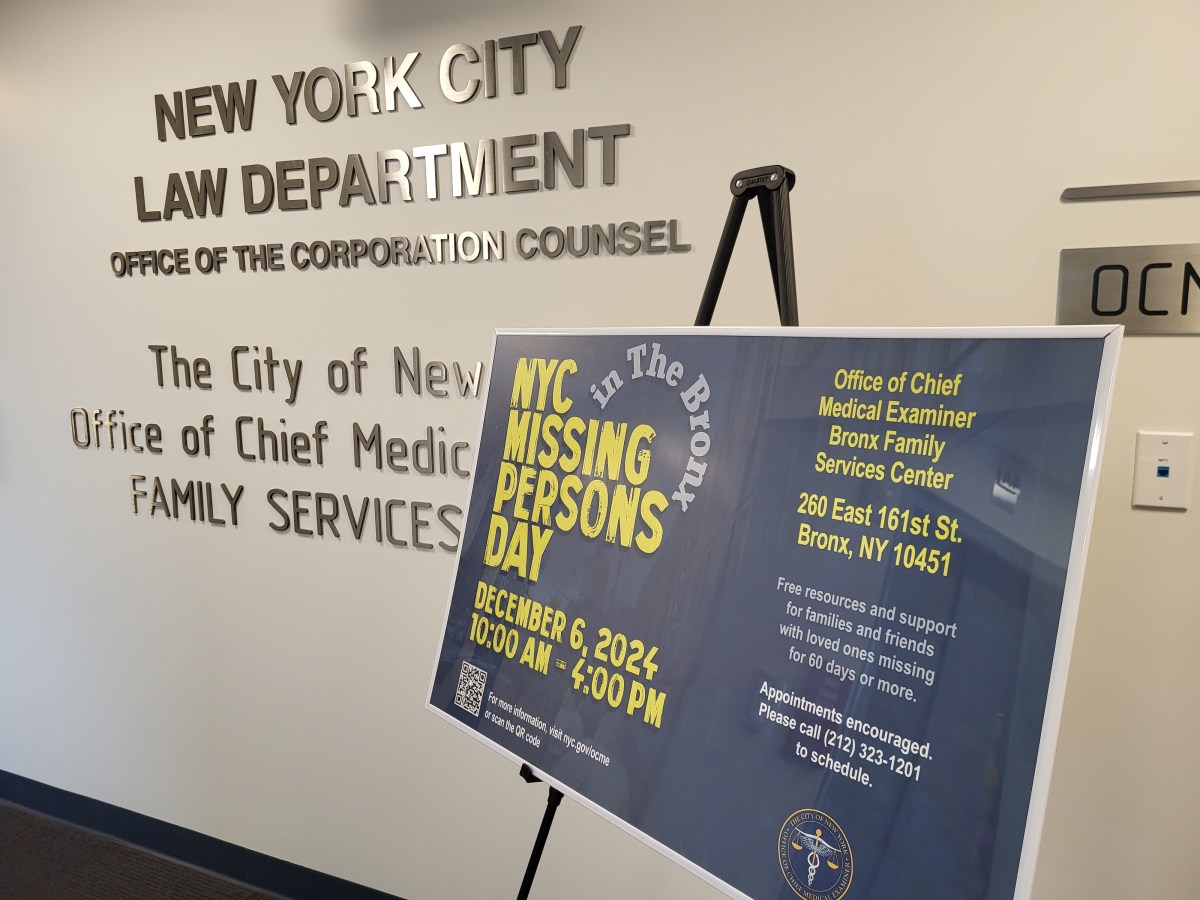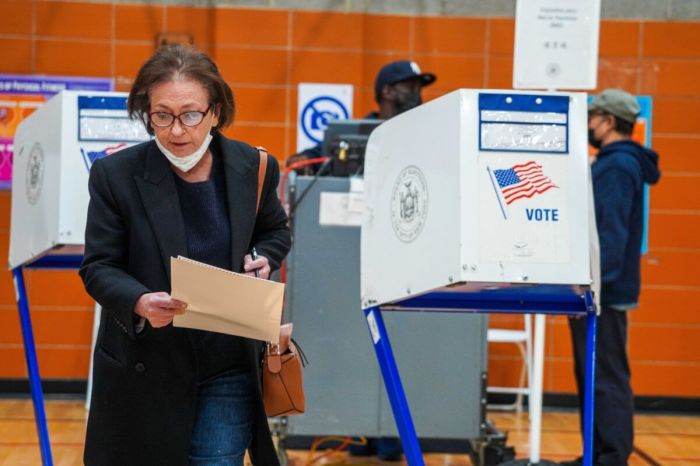In 1977, New York adopted a law to decriminalize the private possession of less than 25 grams, or just under an ounce, of marijuana. While scientists were still uncertain about the health effects of the drug, lawmakers believed prosecuting widespread and victimless behavior made little sense. Unfortunately, the change didn’t work so well.
At that time, the percentage of adult New Yorkers who had tried marijuana doubled from 12 percent to 24 percent just between 1973 and 1976, and there were fewer than 200 people in jail for marijuana convictions. But the fines were actually quite high for that era: $100 for a first offense, $200 for a second offense and $250 (that’s about $1,100 in 2019 money), or 15 days in jail for a third.
Blacks, Latinos arrested at high rates
In the past 20 years, those fines, often levied on those who could not pay, led to arrest warrants. For those without means, those arrests morphed into criminal records. And a loophole in the 1977 law continued to make marijuana possessed in public view a crime. Starting in 1999, this led to arrests of tens of thousands of people a year, mostly minorities, when police began charging suspects with having the drug in public view after forcing them to turn out their pockets during a stop. More than 800,000 people were charged with possession of small amounts of pot over the past 20 years. About 80 percent of those were black or Latino, even though approximately the same percentage of whites use the drug, because that’s who police stopped and questioned at unfairly high rates. These convictions have cost people military careers, jobs, housing and student loans, making it ever more difficult for people of color to create successful, stable lives.
Now the state is trying again. A new law signed Monday decriminalizes possession of less than 2 ounces and makes the fine for carrying less than 1 ounce $50. The law also creates a process for expunging past misdemeanor marijuana convictions that could erase the New York State criminal records of more than 24,000 people and seal or expunge more than 200,000 convictions.
That’s wise and more just. But it should not be the last step. Allowing the commercial sale and use of marijuana did not pass largely because Long Island’s state senators opposed the uncertainty it might bring about. But passage is inevitable, and the focus must be on writing a safe law. Medical marijuana was legalized in New York in 2014, and we have been told for decades that studies about its efficacy and safety were forthcoming. But we still lack most of those answers.
Lots of work to do before legalization
Police need the ability to test erratic drivers for driving while impaired, and a full-scale public campaign must tell people not to do so. We need a tax and sales structure that doesn’t reward just a few big companies. We need clear regulations for the rights of employees and employers when someone is stoned while on the job. And we need to keep fighting and treating addictive drug use that occurs whether drugs are allowed or banned.
It’s a shame that New York’s initial efforts to decriminalize marijuana moved so slowly and led to terrible outcomes for minority youth. Now it will be to our advantage to proceed slowly with full legalization. It’s worth the time to get it right.

































